If you travel across India, you will find that its diversity is not only seen in language, clothing, or cuisine but in the handmade. Every corner of the country tells a story through its crafts, through hands that mould clay, weave fabric, carve wood, or embroider threads of memory. Each handmade object holds more than beauty. It carries history, tradition, and time.
With the rapid modernisation and improved accessibility to global products, the consumer trends have shifted. This has led to a decline in support for the traditional crafts and arts of the country. Yet across India, something powerful is stirring. Festivals, movements, and communities are creating spaces where the handmade is not nostalgia, but the future.
This World Craft Day, journey through India’s living craftscape, from Delhi’s design dialogues to Nagaland’s bamboo villages and meet the thinkers, festivals and organisations shaping the next chapter of craft.
Yeh Delhi Hai Mere Yaar
In Delhi, craft is a conversation between past and present. The city’s creative pulse is reflected in two remarkable festivals, Jashn-e-Rekhta and What Design Can Do Delhi.
At Jashn-e-Rekhta, the Urdu language becomes a living art form. You will not only get to listen to gazhals, qawwalis, poetry recitations that flow alongside the Rekhta Bazaar, where artisans, calligraphers, and designers translate words into texture and material. The experience is layered: you’re not just hearing poetry, you’re watching heritage being hand-stitched into modern life. If you are an entrepreneur don’t miss out on being a part of Rekhta bazar, you can register here and if you are into music and poetry you cannot miss this festival that’s happening on 05-07th December, 2025.
Not far from there, What Design Can Do Delhi looks ahead, gathering designers and creators who use craft to address sustainability, innovation, and design for change. In Delhi, heritage and modern design do not compete; they collaborate, shaping a future that respects where it comes from.
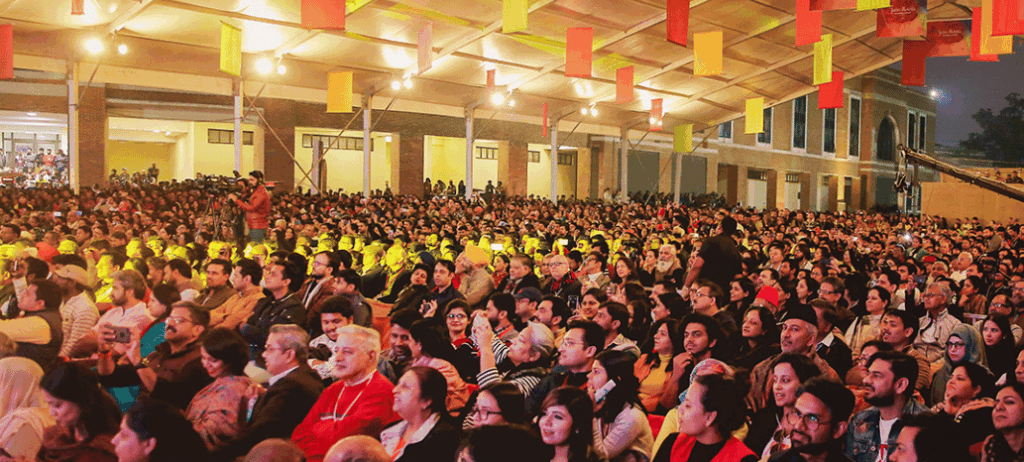

Image Credits: Jashn-e-Rekhta & What Design Can Do Delhi
When in Gujarat
The Abhivyakti City Arts Project happening from 14th to 30th November 2025 transforms public spaces into art galleries. What started off as support for local artisans to showcase their work has now developed into a pan India selection of theatre, music, crafts, visual arts and more. Abhivyakti is special because it invites everyone to participate. It erases the distance between artist and audience, echoing Gujarat’s folk traditions, where craft is woven into community life.
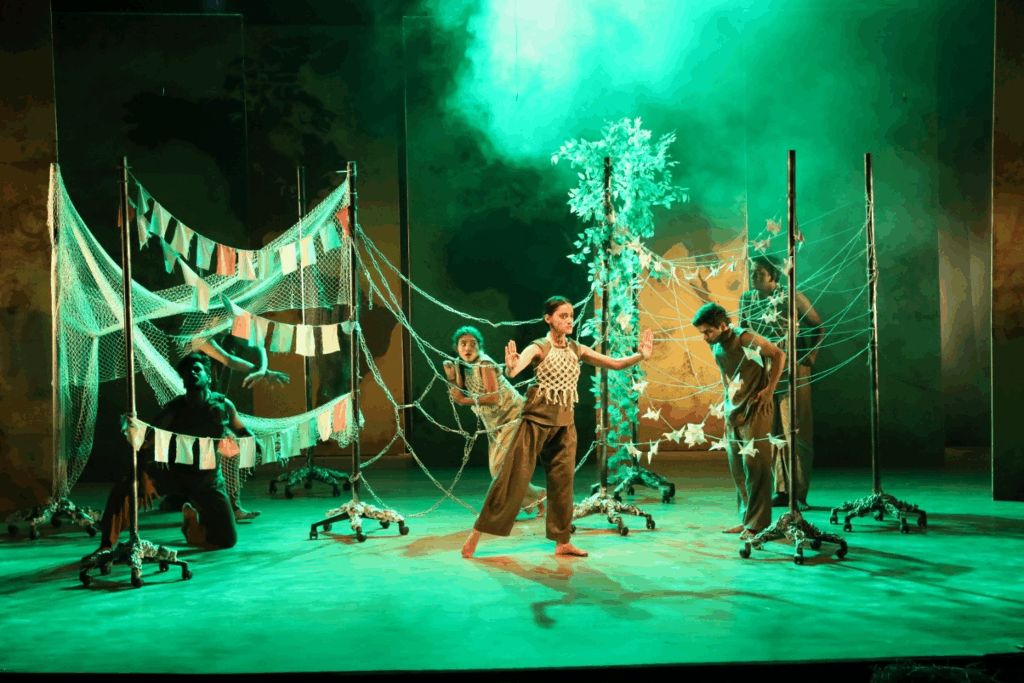
Image Credits: Abhivyakti City Arts Project
Maharashtrian Multitudes
In Maharashtra, craft reveals itself through diversity, from urban art showcases to rooted tribal expression.
At Mumbai Gallery Weekend, art and craft come together in new ways. Modern galleries host experimental installations, while independent pop-ups highlight handmade ceramics, textiles, and indigenous collaborations. Even in a city known for its speed and modernity, the handmade continues to evolve.
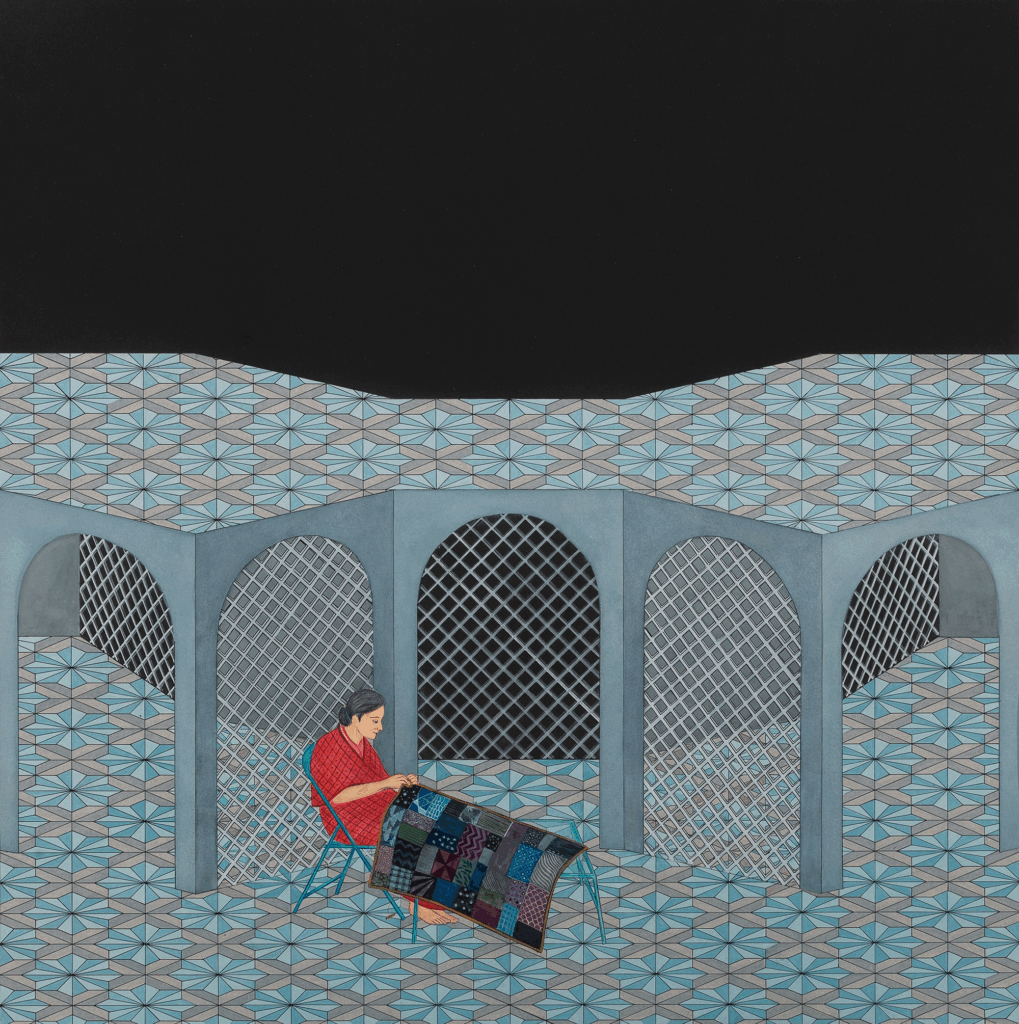
Image Credits: Mumbai Gallery Weekend
Further inland, festivals like Safarnama and Experience Palghar: Colours of Culture, Imprints of Tradition celebrate stories of movement, identity, and belonging. Safarnama connects travelers and artists through storytelling, while Palghar highlights local artistry such as Warli paintings, bamboo craft, and dance performances rooted in the rhythms of village life.
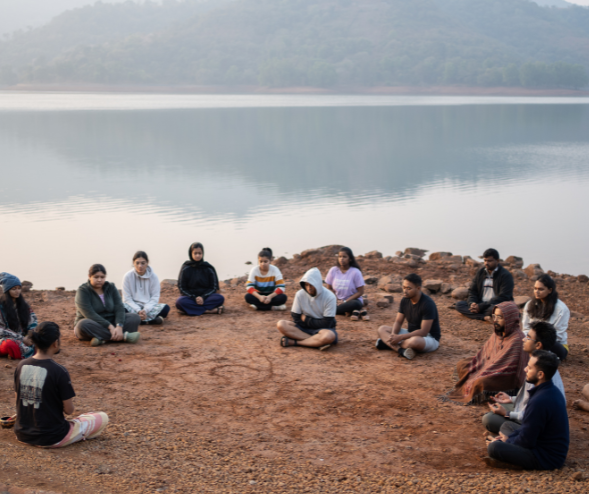

Image Credits: Safarnama & Experience Palghar
The Nashik ICH Festival (Intangible Cultural Heritage Festival) , supported by UNESCO, brings together weavers, potters, and storytellers from across India to showcase living traditions. It is not just an exhibition or a marketplace; it’s a movement to preserve identity in a rapidly changing India. And at the Mudra Dance Festival, even the stage becomes a canvas of craft. Every costume, ornament, and prop carries the invisible signature of artisans whose needle and brush build the world we see on stage.

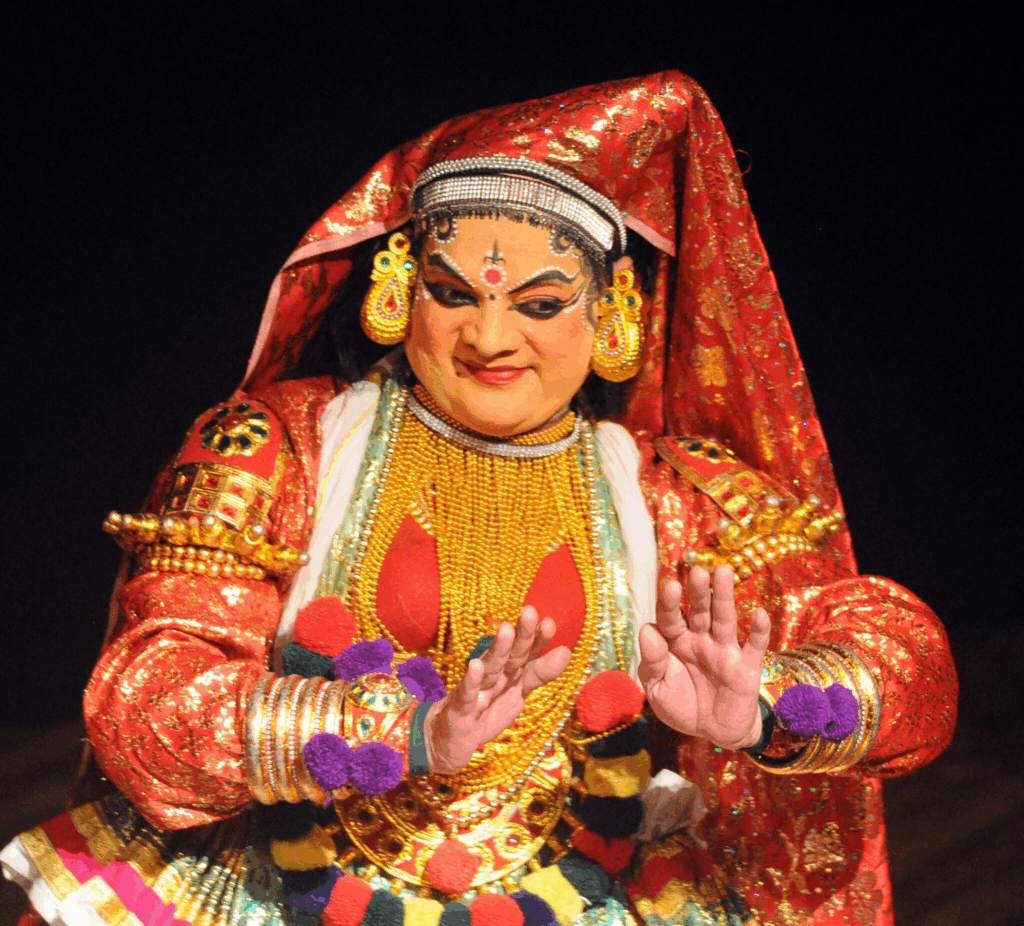
Image Credits: Nashik ICH Festival & Mudra Dance Festival
CultureCon at Creative Convergence 2025
British Council × CultureCon India
This November, CultureCon India joins the British Council to present Creative Convergence: Innovate. Include. Inspire. — a two-day summit at the Bangalore International Centre on 5–6 November 2025.
This event brings together cultural leaders, craft entrepreneurs, designers, and policymakers from India and the UK to reimagine how creativity can drive inclusive growth. Expect dialogues on sustainable craft, innovation, design, and cross-sector collaboration, plus an Arts Bazaar showcasing UK–India partnerships.
While the British Council brings together global cultural leaders, innovators, and policymakers to reimagine how creativity can drive inclusion and sustainability, CultureCon will host a special pop-up experience within the summit, a space to explore how India’s creative and craft-led enterprises can build future-ready, equitable ecosystems.
If you’re part of the creative economy or simply curious about where it’s headed, don’t miss it: Register yourself here.
The Bengaluru Beat
Down south, Maya Bazaar in Bengaluru is where tradition meets trends. The festival curates handmade products that blend sustainability, design, and storytelling. You can find everything here, from upcycled jewelry to hand-dyed textiles. It’s the craft fair of a digital generation, which is rooted in community, yet global in its language. In short Maya Bazaar slays the handmade as heritage, style, and statement.
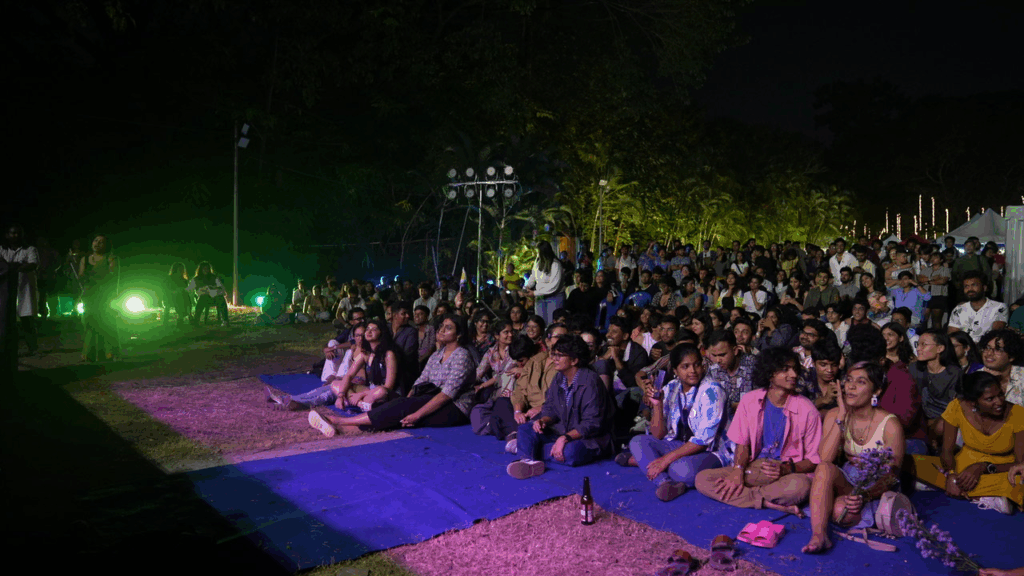
Image Credits: Maya Bazaar
Rhythms of the East
In the eastern states, craft and performance are inseparable. At the Seraikela Chhau Festival in West Bengal and the Chhau Festival in Jharkhand the spotlight falls not only on the dancers but also on the mask makers, embroiderers, and woodcarvers behind the scenes. In villages like Charida, known as Mukhosh Gram, artisans create the vivid masks that define Chhau’s identity; a craft recognised with a Geographical Indication tag and passed down through generations. These festivals remind us that performance is just the surface; the real art begins in the workshop.
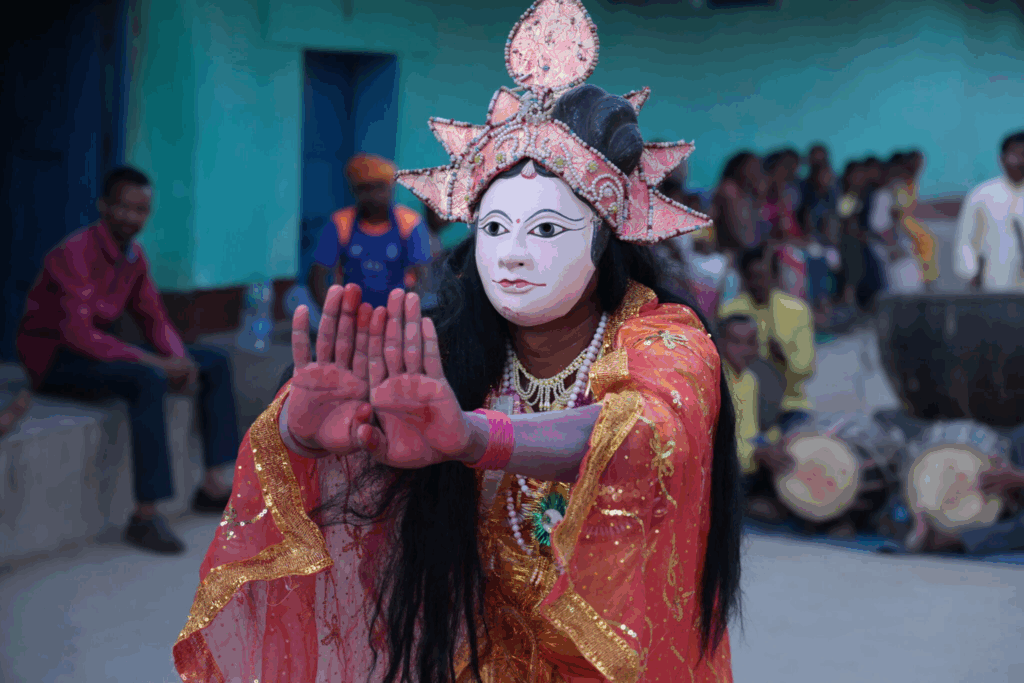

Image Credits: Seraikela Chhau Festival & Chhau Festival
The Living Museum of the Northeast
Travel northeast and the Hornbill Festival in Nagaland feels like stepping into a living museum. Every December, tribes across the state gather in Kisama, turning the festival grounds into a village of makers, women weaving shawls rich in symbolism, blacksmiths forging tools, woodcarvers sculpting ancestral stories. It’s a collective act of preservation, proof that craft here is not a product but a way of life and you can witness it all live this year from 1st to 10th December 2025.
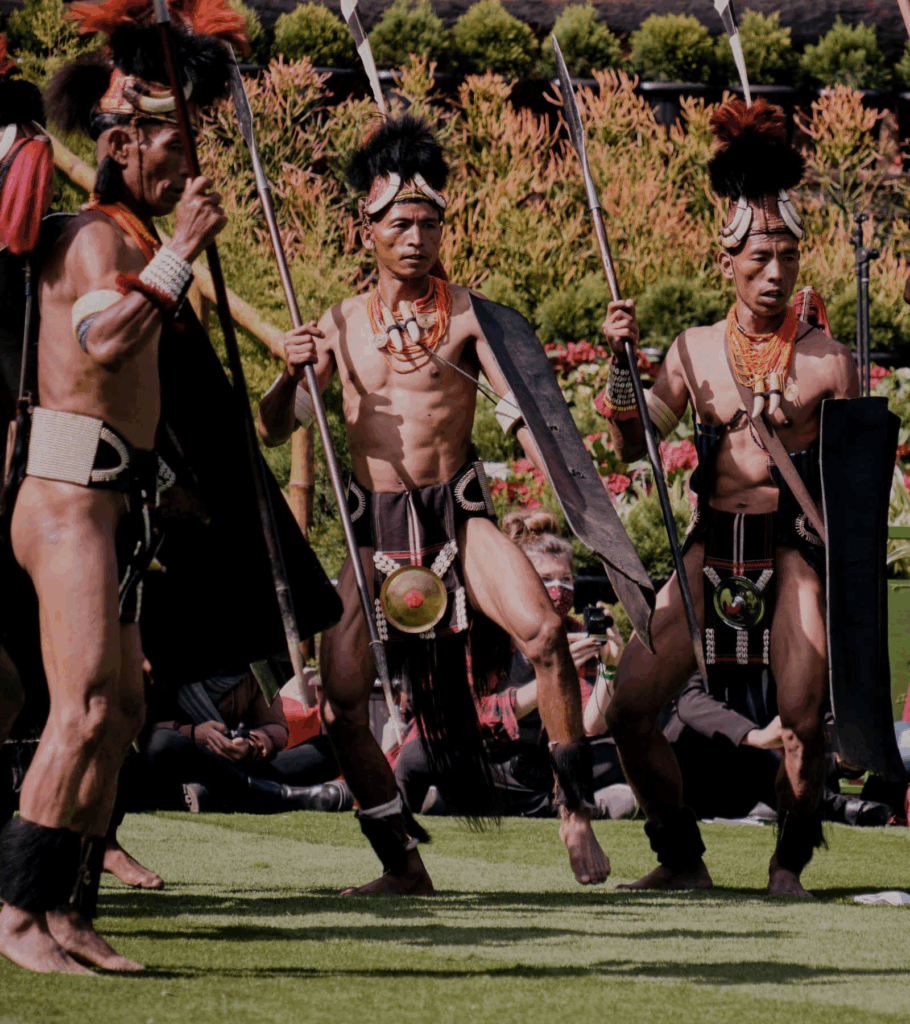
Image Credits: Hornbill Festival
The Lucknowi Tehzeeb
We circle back to the North in Lucknow, where the Mahindra Sanatkada Lucknow Festival unfolds like a walk through history. Fine chikankari embroidery, metalworks, block prints, and weaving take center stage alongside storytelling sessions and cultural dialogues.The festival celebrates Awadhi tehzeeb; grace, patience, refinement, through craftsmanship that bridges nostalgia and innovation.
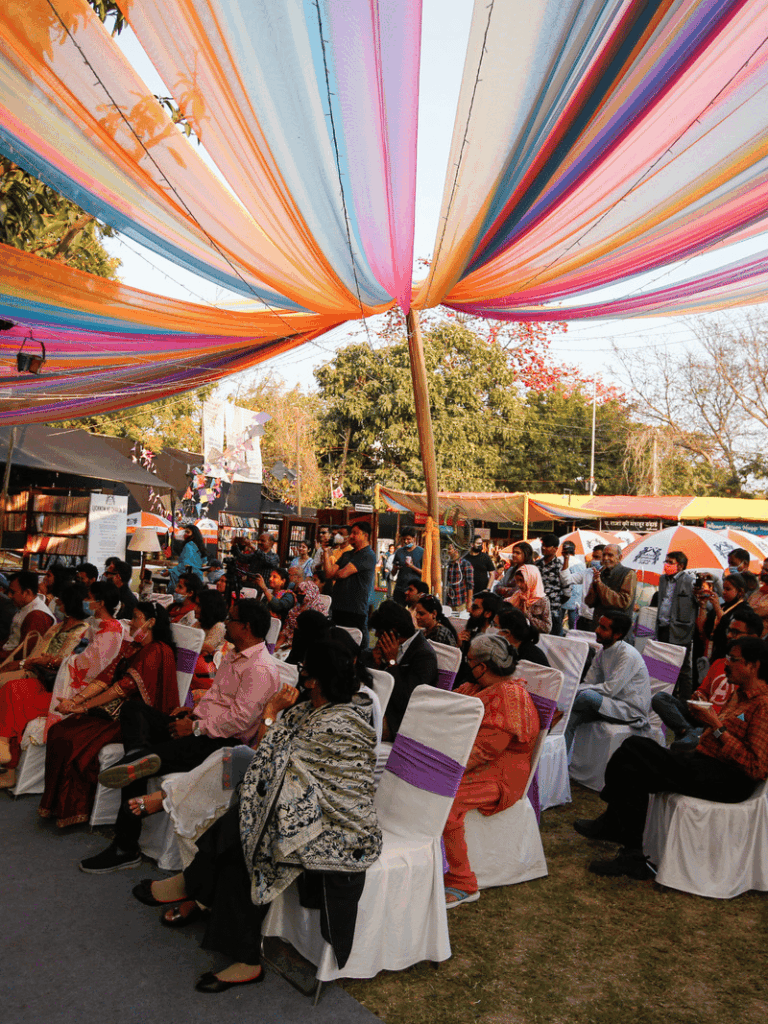
Image Credits: Mahindra Sanatkada Lucknow Festival
Heart of the Himalayas
High up north, the Royal Enfield ‘Journeying Across Himalayas’ documents riders traversing mountain villages where craft thrives quietly. Each stop becomes a story of resilience where artisans are creating beauty at altitudes where even survival is a craft. The journey mirrors the soul of handmade India: enduring, adaptive, deeply human.

Image Credits: Royal Enfield ‘Journeying Across Himalayas’
Crafting Conversations: From Community to Policy
India’s craft revival isn’t just happening in festival tents or galleries. It’s being shaped in conference rooms, incubators, and community movements that connect makers to markets, finance, and visibility. This year’s Creative Convergence 2025, presented by the British Council and CultureCon India at the Bangalore International Centre, becomes one such space.
The themes echo insights from the British Council × Fashion Revolution India report, which revealed how fragile the sector remains. Nearly 22 percent of artisans lost up to 75 percent of their annual income during the pandemic. The lessons from that crisis continue to guide today’s conversations, from better safety nets to stronger local markets and digital access.
Movements such as Creative Dignity are already proving what collaboration can do. Born as a WhatsApp group during lockdown, it now operates across 26 states, supporting artisans through relief, digital upskilling, and direct market connections.
Corporate initiatives like Titan’s Project Tarasha Initiative are enabling craftspeople to build micro-businesses online building digital literacy so craftspeople can connect directly with buyers, and it’s really like a lifeline in a market increasingly mediated by algorithms.
Networks like Kula Collective continue to give entrepreneurs in the craft ecosystem access to finance, mentorship, and community. Its upcoming 2025 conclave in Jaipur on 1st and 2nd December is designed to do exactly that, to make collaboration the new currency of craft. Register yourself today.
The truth, unfiltered
India holds some of the world’s oldest and most diverse craft traditions. Yet many of the people who keep them alive still earn less than ₹100 a day. It’s a reality that doesn’t match the beauty we see in the finished piece. Behind every handwoven sari, every carved bowl, every embroidered border, is someone negotiating rising costs, uncertain demand, and shrinking visibility.
Revival isn’t about returning to the past. It’s about carrying the old forward in new ways; a weaver in Kutch livestreaming her art, bamboo artisans in Nagaland teaching online, block printers in Rajasthan collaborating with dyers in Tamil Nadu, and a student in Kolkata choosing a handmade diary over a factory one.
Change won’t come from sympathy. It comes from connection, when we begin to see that every handmade piece is not just craft, but livelihood, learning, and lineage.
So this World Craft Day, look closer. Remember the hands behind what you hold. Choose the handmade not because it’s trendy, but because it’s true. Because revival isn’t a campaign. It’s a quiet, ongoing act of care, and it starts with us.
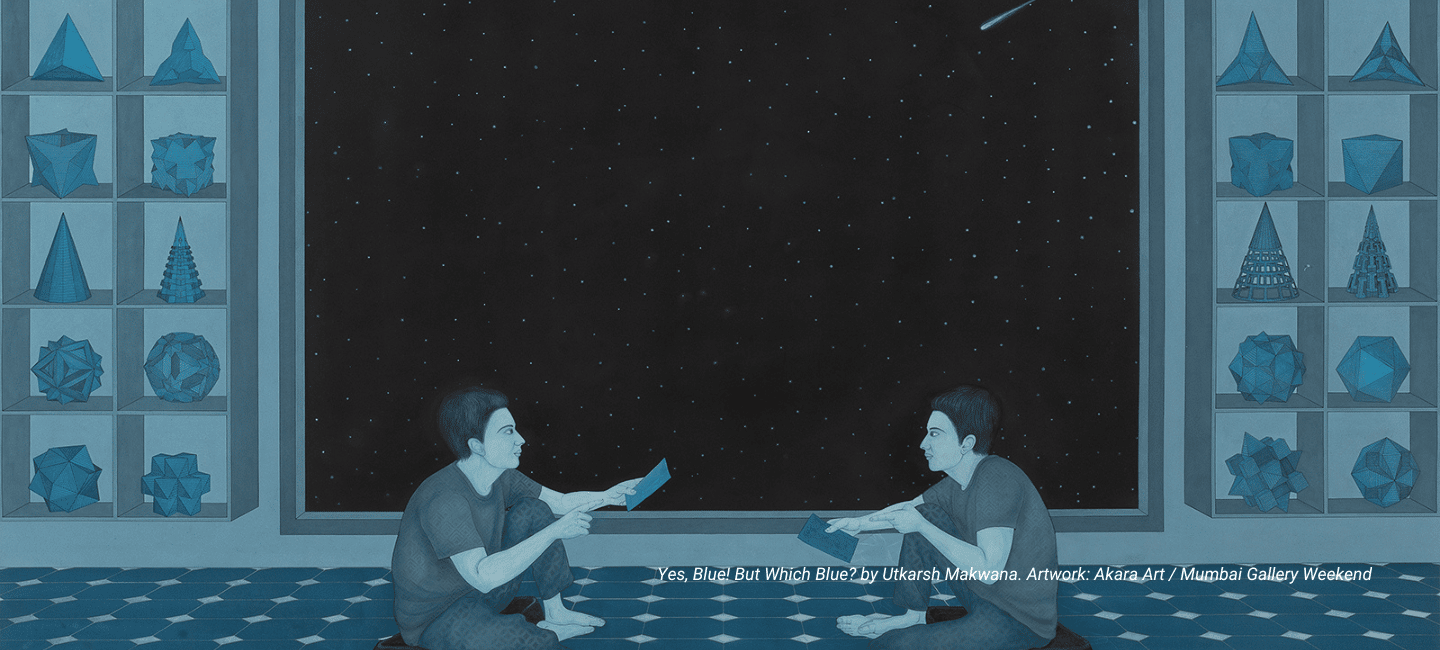
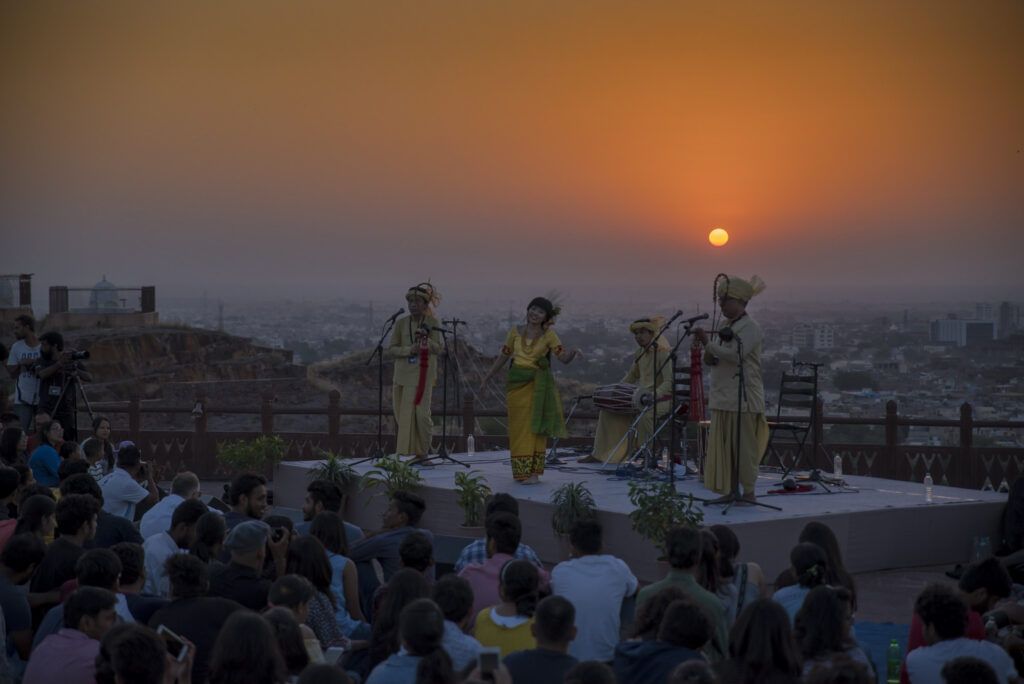
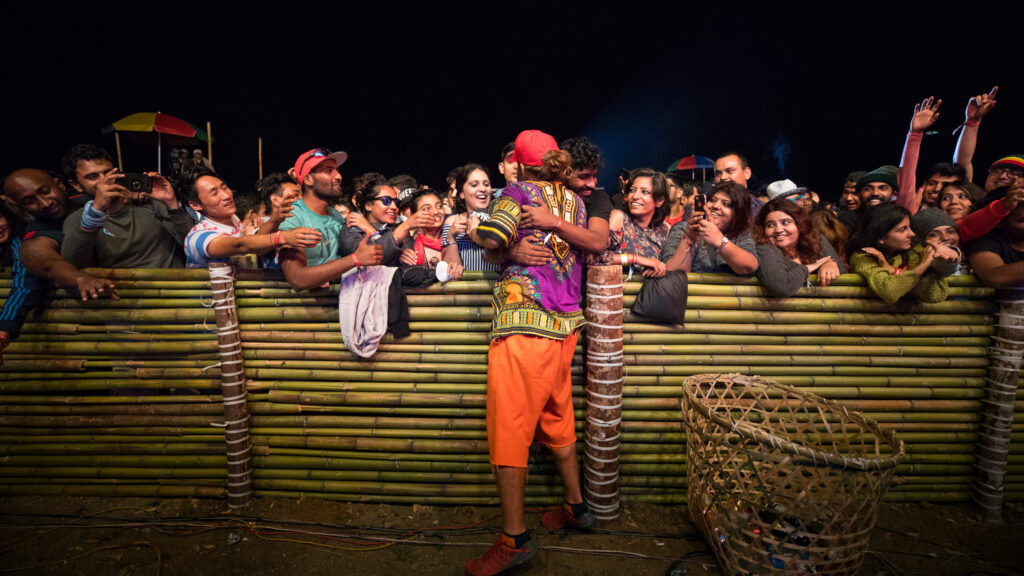

Share on